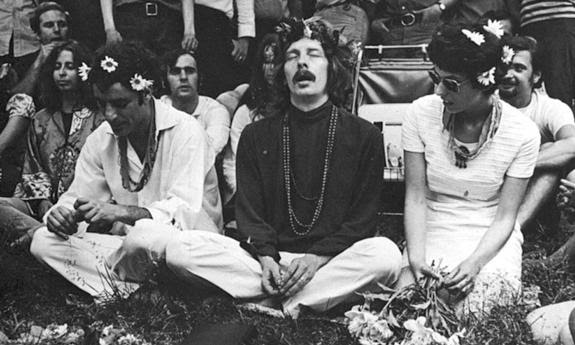I now get reverential
 |
| Dungeness Bird Observatory - committee meeting in 1967 |
I wanted to write a bit more about the 'old boy' birders who were gathered at Dungeness on Saturday. In my last post I suggested that these people invented the birding template that we all still adhere to, and that is no exaggeration.
I was talking to Mark Hollingworth (Dungeness debut 1964) about this yesterday. Birding in the 1950s was, by and large, a middle and upper-class leisure activity. Those that plied their trade in such things were 'ornithologists'. The birding scene was academic. Outside influences were rare and discouraged - it was all a bit dry and dusty. These may be sweeping statements but they are, according to contemporary witnesses, closer to the truth than not.
Sometime in the late 1950s and early 1960s a new wave of birdwatchers came onto the scene, baby-boomers from the second world war era and the first generation of working class kids with, if not disposable income, leisure time to burn. A swathe of Londoners adopted Dungeness - Bob Scott, Peter Grant, Ray Turley, Mark Hollingworth - plus many others from the south-east, such as Dick and Pete Burness, Tim Inskipp, Dave Holman, John Clements, Tony Greenland, Tony Hutson, Pete Kinnear, Rod McCann, Pete Clement... I could go on. There are names in that list that trailblazed a way of birding that still survives to this day. They travelled abroad, something that few before them had done, and by this I don't mean the wanderings of colonial collectors, but pure birding. They came back armed with unique field craft skills, boy's own adventures and the confidence to start identifying species that were beyond the scope of previous birdwatchers - from unravelling juvenile tern plumages to taking on asian phylloscopus warblers and American waders. Birding became a social focus. These people populated twitches, observatories and pubs. They opened up a way of life to a whole raft of teeneagers in the 1970s and 80s who found birding to be not only fascinating, but cool! I can remember with a vividness that is unnatural the first time I met these long-haired, laid-back birders who looked more like Marc Bolan than Robert Dougal and, as an added bonus they could bird! They could drink Oliver Reed under the table!! They had birded on Mars!!! (OK, they hadn't, but Iran, Nepal and Thailand were as far away as Mars to me back in 1976).
Just take another look at the names above - apart from most of them being exceptional birders they became professional ornithologists, museum curators, reserve wardens, authors, illustrators, tour guides, bird report editors, members of the national rarities committee and shapers of what we have today.
I'm sure that there are (and I know that there are) other observatories and regions that can lay claim to such alumni. These people are often forgotten about in today's largely shallow birding scene, where celebrity is but a pointless 'twitch' away. As I've said before, to become a legend you need to do things that are great, things that are unique, things that are worthy.
Like those fine people mentioned above.
(I can confirm that no money has changed hands with the writing of this obsequious post)


Comments
I suppose it could be my grandad...